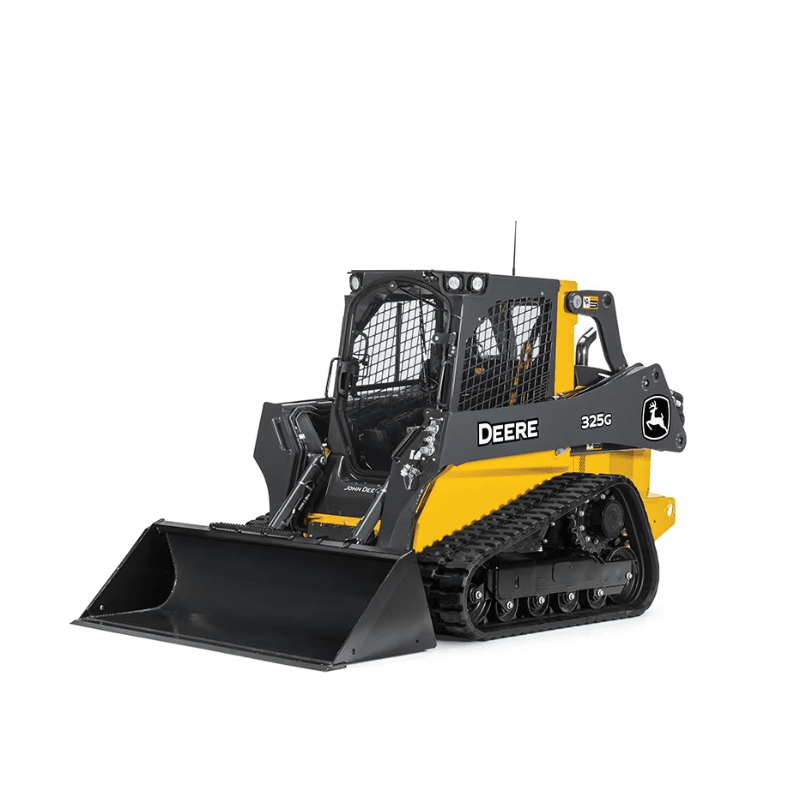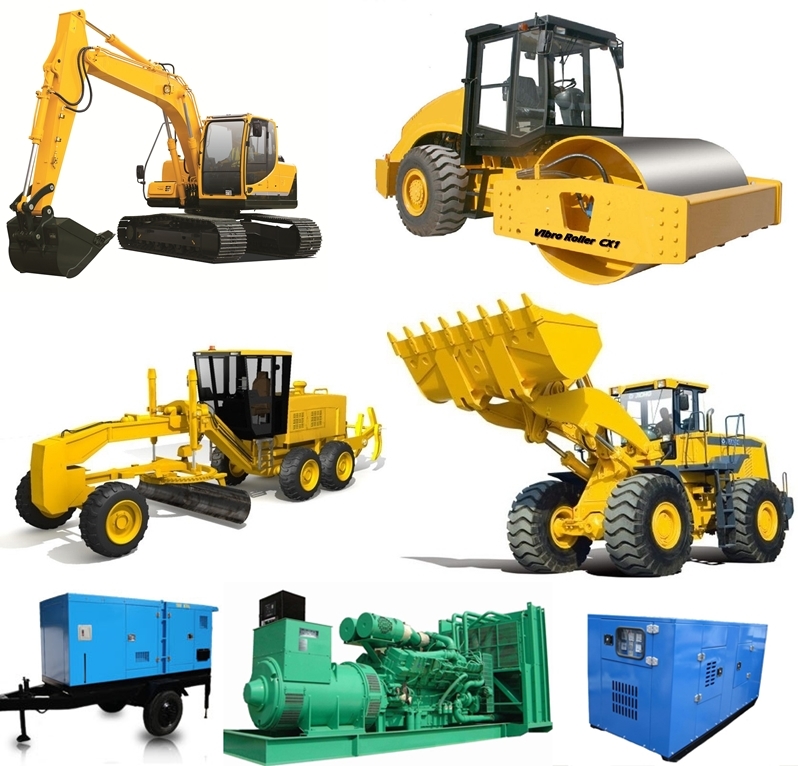Optimize Your Budget by Recognizing the Expenses Related To Building Devices Services
Understanding the complete range of prices associated with construction tools services is important for optimizing your spending plan. What methods can be employed to successfully manage these costs and make certain a more reliable rental experience?
Introduction of Rental Costs
When considering building equipment leasings, understanding the linked prices is extremely important for efficient budgeting and job preparation. Rental costs can vary substantially based on several variables, consisting of tools kind, period of rental, and place. The first rental charge frequently mirrors the tools's market demand and its associated functional abilities, influencing the overall expenditure.
Along with the base rental rate, secondary prices might occur, such as transportation charges, gas additional charges, and maintenance costs. It is vital to represent these additional expenditures to accurately examine the complete price of leasing tools. Moreover, the rental period can impact prices; longer services may get discounted prices, while temporary rentals could sustain greater day-to-day costs.

Breakdown of Rental Rates
A detailed understanding of rental prices is important for specialists and project supervisors aiming to maximize their budget plans. Rental rates for construction devices commonly contain several components, consisting of base rates, time-based costs, and use charges.
Base prices are the core costs associated with the rental of the devices, usually figured out by the kind and dimension of the equipment. These prices can differ dramatically, influenced by aspects such as tools demand, schedule, and local market patterns. Time-based costs, which might be daily, weekly, or monthly, offer to suit various job timelines and rental durations.
Furthermore, rental prices might include usage charges, which apply when tools is utilized past a defined threshold, guaranteeing that the rental company can represent wear and tear. Seasonal need variations can likewise impact rental rates, with peak building seasons generally regulating higher prices.
Furthermore, recognizing the rental company's plans relating to upkeep and insurance policy can supply further insight right into the overall cost structure. By examining these elements, contractors can make enlightened choices, guaranteeing the option of rental devices lines up with both job needs and budget restraints.
Additional Charges to Think About
Comprehending the ins and outs of added fees is crucial for service providers to manage their overall service expenses efficiently. Past the basic rental rates, various supplementary charges can substantially influence the complete cost of equipment rental. These fees commonly consist of distribution and pick-up fees, which can use this link vary based upon range and logistics included in transporting the devices to and from the job website.
Moreover, some rental business may enforce gas surcharges if the devices is returned with much less gas than when leased. It is likewise vital to recognize prospective cleansing costs, specifically for specific equipment that calls for thorough upkeep after usage.

Extensively assessing the rental contract and clarifying these added charges upfront can assist professionals guarantee and prevent unanticipated costs that budgets remain undamaged throughout the project lifecycle.
Upkeep and Repair Work Expenses
Routine repair and maintenance costs are typically forgotten factors that can dramatically influence the overall price of building and construction devices leasings. When renting equipment, it is critical to think about not just the rental charges but likewise the possible prices connected with maintaining the equipment in ideal operating problem.
Numerous rental business include standard maintenance as component of the rental arrangement; nevertheless, more unexpected break downs or substantial repair work can result in extra costs. It's necessary to examine the rental agreement thoroughly to recognize what maintenance solutions are covered and what duties fall on the renter.
Moreover, equipment that is not well-kept can bring about inadequacies on duty site, potentially creating navigate to this website delays and increasing project expenses. To mitigate these dangers, it is recommended to carry out routine evaluations and click site preserve open communication with the rental company relating to any issues that arise during use.
Insurance Coverage and Liability Expenses
Insurance coverage and liability costs are critical components that can significantly influence the overall expenditure of building and construction tools services (heavy equipment rental). These prices make sure that both the rental company and the customer are secured from possible financial losses occurring from accidents, damage, or burglary during the rental period

In addition, customers should understand any kind of deductibles or exclusions in the insurance plan, as these can influence potential out-of-pocket expenditures. Comprehending the terms and conditions of any kind of insurance policy protection is important to avoid unexpected prices. Eventually, budgeting for insurance policy and obligation costs can help guarantee a smoother rental experience and protect against monetary threats connected with building jobs.
Final Thought
Finally, a thorough understanding of the costs related to construction equipment leasings is important for efficient budget management. By examining rental rates, extra fees, maintenance costs, and insurance policy organizations, needs and people can reduce unforeseen expenditures. This strategic approach not just improves cost-effectiveness however likewise makes certain that projects progress efficiently and successfully. Eventually, notified decision-making pertaining to devices services adds to the general success of construction ventures.
Rental prices can vary significantly based on several aspects, including equipment type, period of service, and location (aerial lift rental). The rental period can impact prices; longer rentals may certify for reduced rates, while temporary rentals may incur higher everyday charges
By carrying out extensive study and engaging with trusted rental firms, specialists can effectively browse the intricacies of rental pricing, inevitably maximizing their monetary sources.
Beyond the typical rental rates, different supplementary fees can dramatically affect the overall cost of devices leasing. Rental firms frequently supply liability insurance that covers injuries to third events or damage to residential property, while tools damage insurance can cover the expense of repair services or replacement if the rented equipment is damaged.